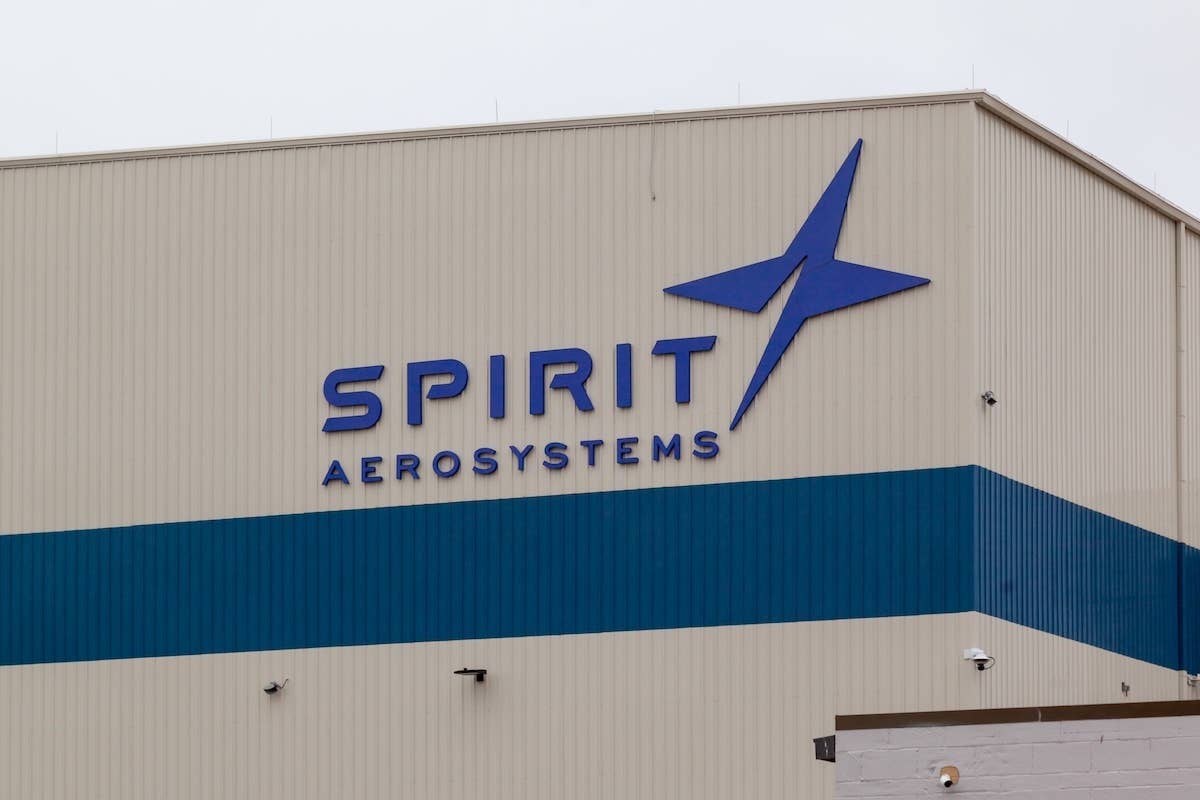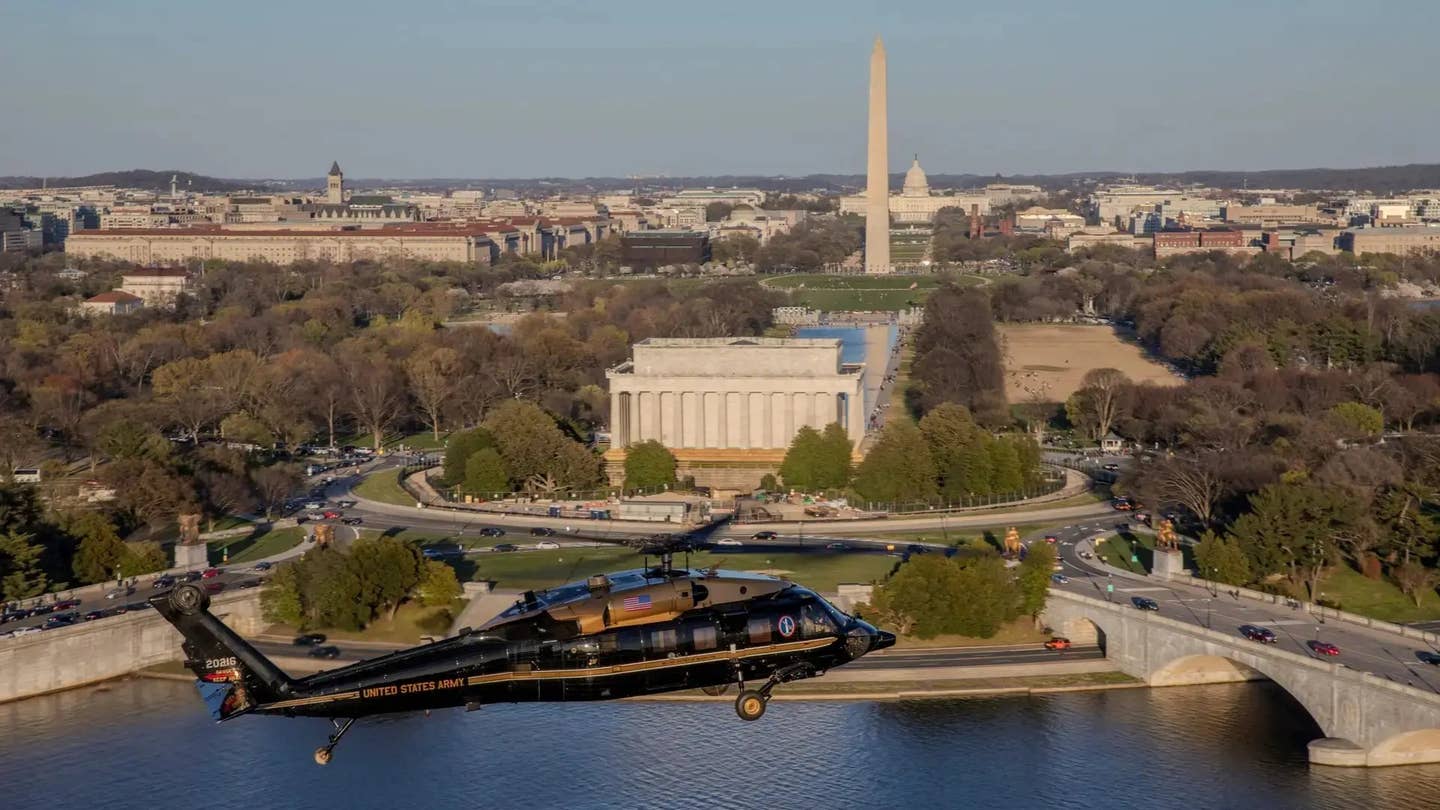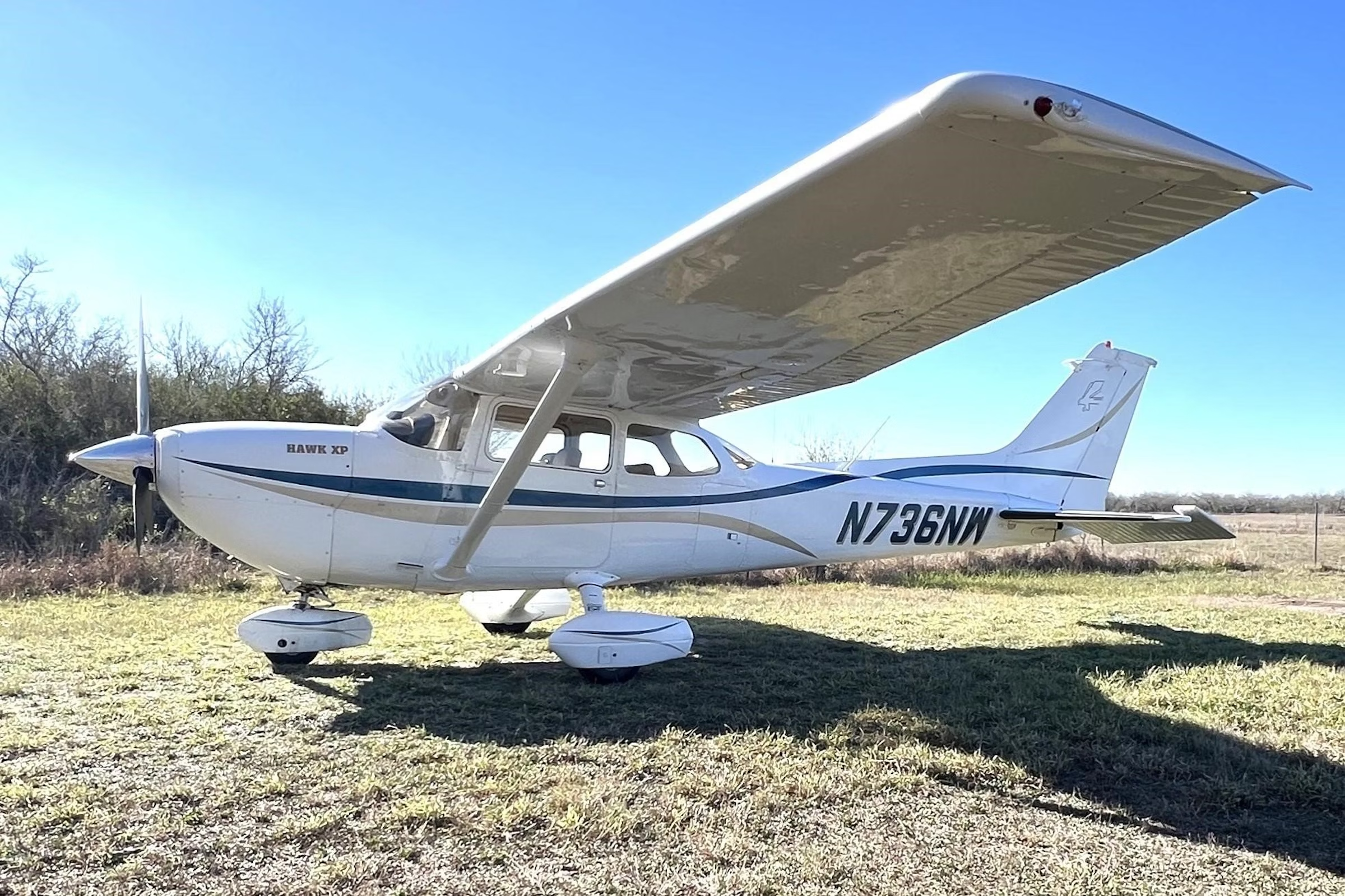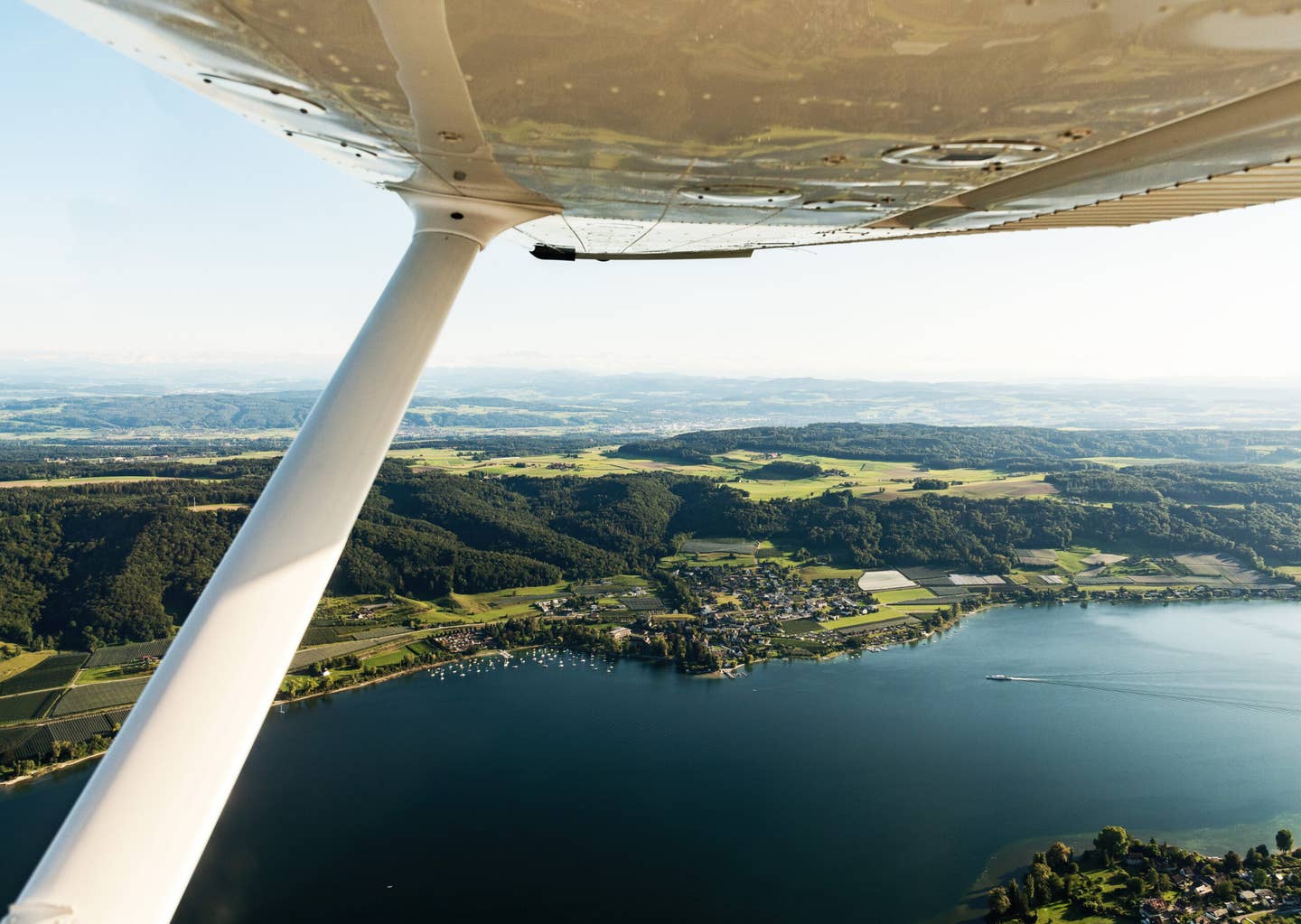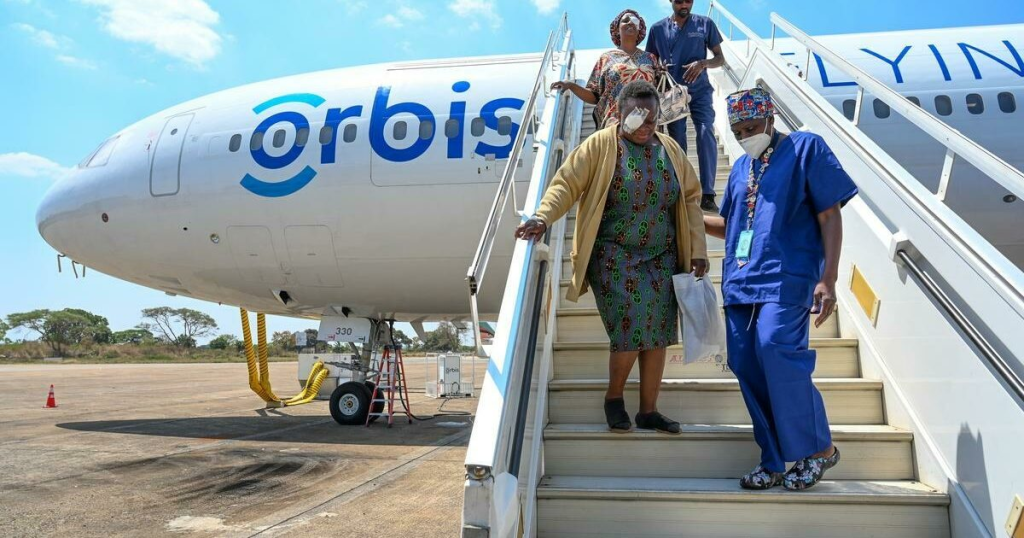
(September 2011) Most general aviation pilots operate by themselves. While they may experience internal or external pressures, the pilot basically determines how the flight will be conducted in total isolation from any other inputs or organizational pressures. Pilots who fly for a company, airline or other organization, on the other hand, typically operate within a culture that works with their own personality to strongly influence how they respond to challenging conditions. Years ago the U.S. Navy discovered how important this organizational culture is in influencing a unit's safety record. While most squadrons tried to instill a safety culture, there were also squadrons that would develop a culture of "bending the rules." Those squadrons had a significantly higher accident and fatality rate.
Every organization exists to achieve certain goals, such as serving the customer, operating within a budget and perhaps making a profit. While these are admirable goals, they can often be in direct conflict with operating safely. Management has to walk a fine line between getting the job done in a cost-effective and efficient manner while also, at the same time, ensuring that the operation is conducted safely and nobody is hurt or killed.
A helicopter crash in June 2009 illustrates how management policy and decisions can be a factor even when there is no overt pressure on a pilot to take or continue a flight. On the surface, the accident seemed to be the result of a typical chain of events that gradually led the pilot into an unsafe situation. The chief pilot for the New Mexico State Police (NMSP) was off duty after working a full eight-hour shift that involved three flights when dispatch called him about a flight to rescue a hiker lost in the mountains about 20 miles northeast of Santa Fe. The pilot contacted the other NMSP helicopter pilot to see if he could take the flight, but he was unavailable, so the chief pilot accepted the mission.
Initially he said it was too windy to fly, but after checking the weather he called dispatch back to say that he could “probably” do the flight. Although it was late in the day with only a few hours of daylight left, because search-and-rescue personnel were already in contact with the lost hiker via cell phone, he likely felt it would be a quick out-and-back flight so he could return before dark. However, it turned out that the hiker did not speak English very well and was unable to provide any information to help rescuers locate her, so it took more than an hour for the helicopter pilot and spotter to find her. By then the weather was rapidly deteriorating, with strong winds, sleet and snow.
The pilot assumed the hiker would be able to walk up the hill to where he had landed the helicopter, but she was too cold, weak and confused, so the pilot walked half a mile down the hill and carried the hiker back up to the helicopter. By then it was almost 9:30 p.m., 3½ hours after the pilot first got the call from dispatch about the lost hiker. It was dark, with gusty winds, rain, sleet and snow, and the helicopter was in a mountain clearing near its maximum two-engine hover altitude of 11,800 feet. The pilot had been awake for almost 16 hours and was now physically tired from carrying the hiker up the mountain to the helicopter. The helicopter was in a fairly secure location, so the pilot had the option of running an engine as necessary to keep them warm and then departing in the morning when it was light and the weather had improved.
Instead, the pilot, who did not have an instrument rating for helicopters, elected to take off. The spotter said that they were almost immediately in the clouds with zero visibility and that it was very turbulent. The pilot initially headed northwest toward lower terrain, but after about a minute the radar track showed that he began to fly erratically in a northeasterly direction, crossing terrain that rose as high as 12,500 feet. Several minutes after taking off, the tail rotor struck the mountain. The pilot radioed the dispatcher, who was his wife, and told her that he had struck the mountainside and was going down. The helicopter hit terrain at 11,970 feet about one mile northeast of where they picked up the hiker and rolled almost 500 feet down a steep, rocky slope. The hiker was ejected from the helicopter and killed. The pilot was also ejected and died shortly after the crash. The spotter remained in the fuselage as it rolled down the hill and survived with serious injuries.
Even though the NTSB determined that there had been absolutely no pressure from management on the pilot to take the flight or to return to base after rescuing the hiker, the accident report lists numerous organizational factors that contributed to the accident:
• An organizational culture that prioritized mission execution over aviation safety.
• Lack of a requirement for a risk assessment at any point during the mission.
• Inadequate pilot staffing.
• Lack of an effective fatigue management program for pilots.
• Inadequate procedures and equipment to ensure effective communication between airborne and ground personnel during search-and-rescue missions.
At the time of the accident, the NMSP aviation section did not have any published safety goals or objectives, let alone a safety management system. It did not have a safety officer or committee, and there were no structured risk-assessment protocols for use before and during a mission. There was also no formal system for communicating safety-related information.
Although the accident pilot was the least experienced pilot in the aviation section, he was appointed chief pilot in January 2009. As chief pilot he served as the aviation section’s administrator and supervised its pilots and maintenance personnel. While serving as a full-time pilot, he was also responsible for overseeing all flight operations, maintenance, purchasing, training, planning and personnel matters. On top of that, he also served as a part-time public information officer (PIO).
This entailed receiving calls from the media and others at all hours of the day and night, even when he was at home.
The former chief pilot had received complaints from management for turning down missions he considered to be too dangerous. He was eventually relieved of his chief pilot duties because he declined a search-and-rescue mission due to safety-related issues. Ironically, that mission involved sending two inexperienced helicopter pilots on a night search-and-rescue mission in mountainous terrain with poor weather.
Astute managers realize that their job is to support their employees by providing the resources they need to get the job done in a safe and efficient manner. There will always be some employees who will try to do the least amount possible, but that is seldom the case in aviation. Pilots typically love to fly, and search-and-rescue pilots are often ready to risk their lives to help others. It is management’s responsibility to ensure that those pilots have adequate time to rest so they are able to operate safely in sometimes extremely difficult situations. Management also needs to recognize the difficulty many pilots have in refusing to fly because of weather or equipment issues when someone’s life may be at stake, or perhaps even when the CEO has a multimillion-dollar deal riding on their timely arrival, and institute restrictions and procedures that encourage careful risk analysis and conservative decision-making.
Just as pilots can fall prey to a chain of events that culminate in an accident, management can allow an organization to gradually slide into an unhealthy organizational culture. The NMSP had originally been adequately staffed with five full-time pilots. Over several years, two pilots retired and were not replaced.
Nonaviation managers looked at the average flight hours per year and had no concept of the extra time required just for a line pilot, let alone for a chief pilot. It is easy to assign an extra duty such as public information officer without considering the impact of phone calls in the middle of the night when the pilot has an early-morning flight the next day.
To the credit of the New Mexico State Police, it swiftly implemented the recommendations from the NTSB report and its own internal investigation. It is my hope that other aviation organizations will use this accident as an opportunity to examine their own operations to determine if there are any weak areas that could allow or even encourage operations that are not safe. People like to say that hindsight is 20/20. The challenge is to have the “20/20 foresight” to openly and honestly assess your own organization on an ongoing basis to find the weak links before the accident happens. Next month I will provide an example of what such an assessment might entail.

Sign-up for newsletters & special offers!
Get the latest FLYING stories & special offers delivered directly to your inbox


